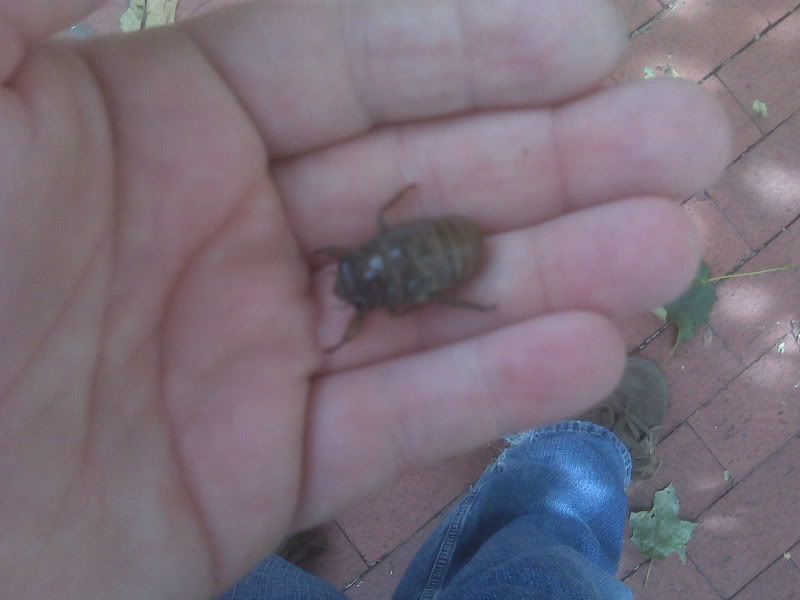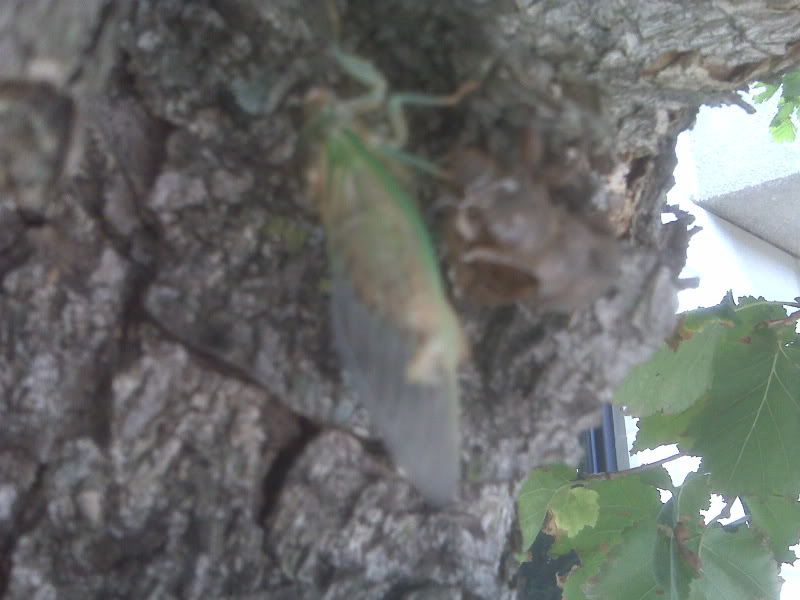Sericulture Biological Control Part One: The Background
The production of silk (also known as sericulture) is a huge worldwide business which supplies millions of people with jobs every year and produces billions of dollars worth of imports and exports every year. In 1997, the US imported about $ 2 billion in silk products. Although silk makes up about a fifth of a percent of the global textile trade, its importance cannot be understated because raw silk fetches about twenty times more per weight than raw cotton.
Silk is unique among the textile world in that it’s a naturally produced fabric that comes from an animal. Many animals produce silk, mostly larvae of various moths as well as some arachnids (most notably spiders, but also mites). The vast majority of silk on the market comes from the silkworm moth Bombyx mori which is a species which is believed to have been cultured from Bombyx mandarina sometime about 5,000 years ago. It’s an interesting evolutionary story, but one we’ll have to explore another time.
B. mori was first domesticated by the Chinese sometime around 5,000 years ago and as the new millennium dawned, sericulture began to spread around the world as a result of the demand for silk prices and industrial espionage. This meant many new opportunities for people trained in the art of sericulture, and unfortunately those new opportunities for people also meant new opportunities for parasites. If we’ve learned anything from cockroaches it’s that if we give insects an inch in the form of a semi-habitable habitat with strongly reduced predation they’ll take a mile and refuse to let it go no matter how many nerve gasses we bomb them with. Unfortunately, the types of pest sericulture attracts are a lot more bothersome-and gruesome than cockroaches.
Life as a caterpillar is tough. You rarely make it to adulthood. If you’re lucky, you get eaten by a bird. If you’re not lucky, you fall prey to a parasitic wasp or a tachinid fly. Sure it sounds odd that I’d consider being ripped apart by a bird a decent way to die, but if you’re eaten by a bird at least it’s quick. If you happen to be attacked by a parasitic wasp or fly, you’re eaten from the inside out over a period of about two weeks. Remember the movie Alien? Yeah.
Exorista bombycis (also known as ujifly or uzifly) is a tachinid parasitoid which attacks either Bombyx species. The female who finds her victim by smelling it’s poo (or frass, as entomologists call it) lays eggs on the outside of the silkworm, usually in folds of skin. The thing to remember is that if you’re a silkworm, you’re pretty much a bag of fat reserves with a pair of mandibles. You can try to whack the fly as hard as you can, but the fly is a whole hell of a lot more mobile than you are so unfortunately, you can put up a hell of a fight if you want…you’re still pretty much defenseless. Fifteen hours to four days later (development depends on temperature), the egg hatches and the fly maggots begin to burrow into you and eat you from the inside out for about a week or so. The larvae are actually pretty big…about half an inch or so and there are more than one per host. They burrow out of you and turn into a pupa about half a day later in some nice, secluded area.
This fly is actually a pretty serious pest. Each female can lay between 100 and 1,000 eggs, so as you can imagine, things will get out of control very quickly during an infestation. Unfortunately, people don’t inspect their silkworms as much as they need to and that’s how this pest spreads. E. bombycis was first recorded as a pest in the north-eastern sericultural regions of India and was best known in Bengal and Assam. As a result of poor inspection of transported animals, the pest was carried all the way to the Karnataka province and first recorded in 1980. Two years later, an across the board average of 40% losses were recorded and many silk producers faced almost an 80 to 90 percent drop in silk production. Many were also put out of business by repeated destruction of their silkworm crops.
Silk producers face a unique challenge from the standpoint of pest management because this environment is unique to pest control. Their main product is an insect which is reared indoors, so they can’t exactly spray an insecticide on their field like my neighbor occasionally does. Insecticides aren’t entirely out of the picture…ovicides have been developed and used with success and there’s a bacterium (a strain of Baccillus thuingiensis) which is pathogenic to the ujifly. Sericulturalists do their best to fly-proof rooms with nylon screens and install fly-proof window screens to block the flies from rearing facilities. Sterile releases (remember this post?) have also been tried, and workers try to remove infected silkworms, as well as any E. bombycis maggots and pupae they find. They also try to use various attractants to lure the flies to their deaths, but they still keep on coming.
So what’s a silkworm farmer to do? You can’t use pesticides…you’ll kill your crop. You have some luck with the ones you can use, but they’re definitely not enough. You’ve done your best to block the pest from your facilities…but let’s face it. They’re flies. No matter how hard you try to keep them out of your house during the summer, you eventually find one dead on the window screen or running into a window, trying to get out. Tachinids are good at finding their hosts. They’re parasites…it’s what they’ve evolved to do. You need something which is good at finding tachinids. You need a parasitoid that parasitizes your parasitoid and nothing else. You need a hyperparasitoid.
T.K. Narayanaswamy, R. Govindan (2000). Mulberry Silkworm Ujifly, Exorista Bombycis (Louis) (Diptera: Tachinidae) Integrated Pest Management Reviews, 5 (4), 231-240 DOI: 10.1023/A:1012982030848
Labels: Bug Keeping, Entomology, Parasites, Peer-reviewed research






